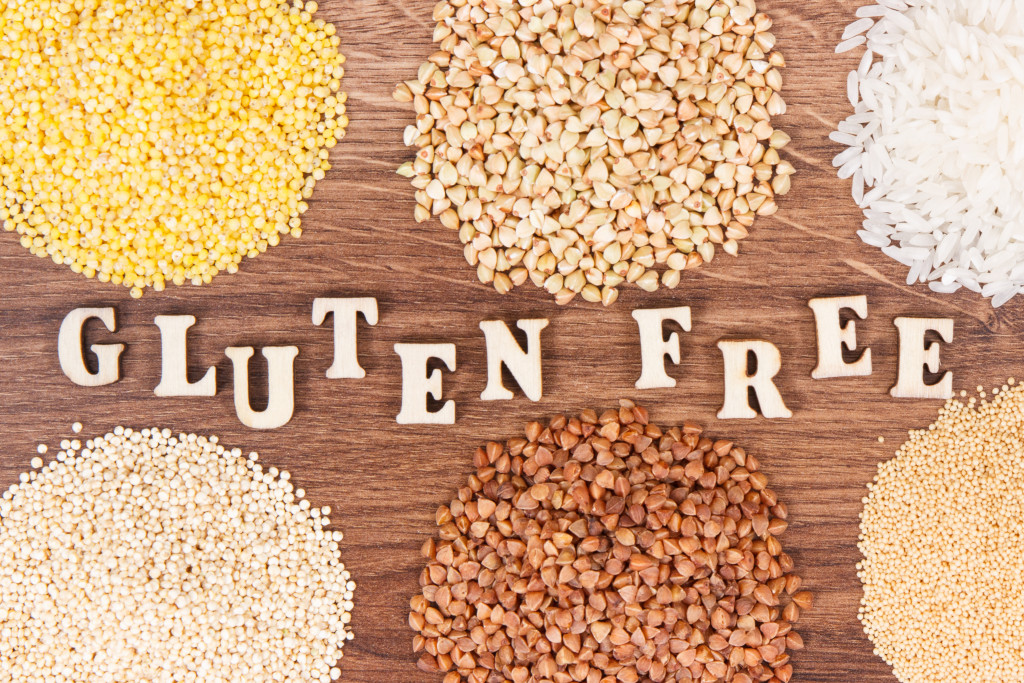- Understand which foods are safe to eat when transitioning to a gluten-free diet with kids.
- Look for reliable educational sources regarding what is and isn’t acceptable to consume.
- Find kid-friendly recipes that the entire family can enjoy together and stock up on staples such as fresh produce.
- Read labels carefully when shopping for food to avoid cross-contamination with gluten-containing products.
Transitioning to a gluten-free diet for your children can be challenging, but it doesn’t have to be. With some planning and education, parents can ensure their kids get all the necessary nutrients while avoiding gluten-free foods. By understanding what foods are safe for their children to eat and how to prepare them safely, parents can help ensure their kids stay healthy and happy on a gluten-free diet.
Understand which foods are safe to eat

Establishing a gluten-free diet in children and adolescents can present an understandable challenge for any parent. It is, therefore, essential to ensure that those transitioning to such a lifestyle receive accurate information regarding the range of safe food products available while minimizing the risk of cross-contamination with gluten-containing items.
Educational material should be sourced from reputable sources, such as medical professionals and accredited websites, to ensure accurate, up-to-date information is provided about what is and isn’t acceptable to consume.
Knowing how the label on groceries may vary from one country or region to another is also essential, as it informs consumers where their foods may originate or contain gluten particles. Doing this will empower parents to make informed decisions whether shopping at conventional grocery stores or specialty gluten-free shops.
Find gluten-free recipes

Transitioning to a gluten-free diet with kids in the family can be challenging yet rewarding. As parents, one of the most important things to focus on is finding kid-friendly gluten-free recipes that the entire family can enjoy. Children need to participate in meal times, and with suitable recipes, even picky eaters will enjoy them.
Making sure recipes are gluten-free before preparing them is also crucial; looking for easy-to-bake goods such as gluten-free snacks like muffins or cake can make a great starting point for incorporating nutritious ingredients into a child’s diet.
Organize your meals
Here are some tips to help parents organize their family meals:
Stock up on gluten-free staples
Transitioning to a gluten-free diet can be overwhelming for any parent, so it is essential to be prepared and ready to go with suitable staples. When stocking up on gluten-free food items, parents should know that it is not just about replacing regular packaged and processed products that contain wheat.
Instead, focus on buying plenty of fresh produce, nuts, seeds, legumes, eggs, dairy-free milk such as almond or flaxseed milk, and pantry staples like quinoa and oats (if certified GF) or buckwheat.
Buying items like seeds is a great way to save money. Doing this will ensure that children get all the necessary vitamins and minerals while avoiding cross-contamination with gluten-containing products.
Read labels carefully
When transitioning to a gluten-free diet, parents must read the labels carefully when shopping for food. Manufacturers may use alternative ingredients or additives containing gluten that are not immediately obvious to the consumer, like malt or modified food starch.
Reading the list of ingredients thoroughly and familiarizing oneself with alternative names for wheat, barley, rye, and oat by-products will help avoid inadvertently consuming these items. Reading proper nutrition labels is also an important step in ensuring that gluten-free foods are being purchased as this will be clearly stated if present.
Develop a meal plan
Developing a meal plan tailored to your family’s needs when transitioning to a gluten-free diet is essential in encouraging your children to lead healthy lives. Parents, in particular, must strive to keep their kids on track with nutritious and balanced meals.
To begin the process of creating a meal plan, it is best for parents to work together with their children and come up with recipes they find enjoyable and tasty. Additionally, parents should focus on providing their kids with all the necessary nutrients through ingredients that are acceptable in a gluten-free diet. Finally, be sure to always read food labels and take special precautions when eating out or purchasing from local vendors.
Explore alternative sources of protein
As parents look to transition their families to a gluten-free diet, finding alternative sources of protein is critical. Beyond the traditional animal proteins, legumes and nuts are an excellent solution to ensure kids continue to get the essential amino acids they need for growth and overall well-being.
Research also supports that these alternative sources of protein can offer additional health benefits, such as improved cholesterol levels and reduced risk of heart disease. Additionally, exploring alternate proteins helps introduce variety into meal planning which can benefit anyone looking to modify their diets without feeling restricted by having fewer food choices.
To ensure adequate nutrition when transitioning to a gluten-free diet parents should be intentional about including legumes and nuts in family meals. A balance of plant-based protein with small amounts of meat or dairy will help create healthier eating habits for all members of the family.
These are just a few tips to keep in mind when transitioning to a gluten-free diet with your family. With proper planning, education, and diligence it is possible for both parents and children to lead healthy lives while avoiding foods containing gluten.






